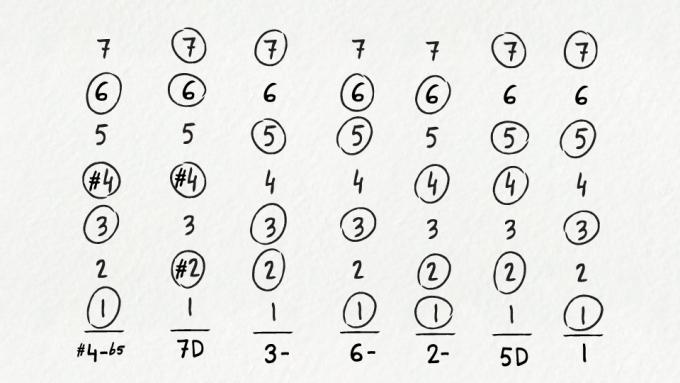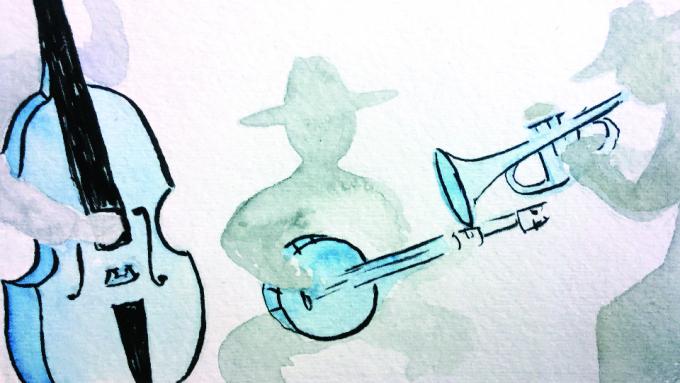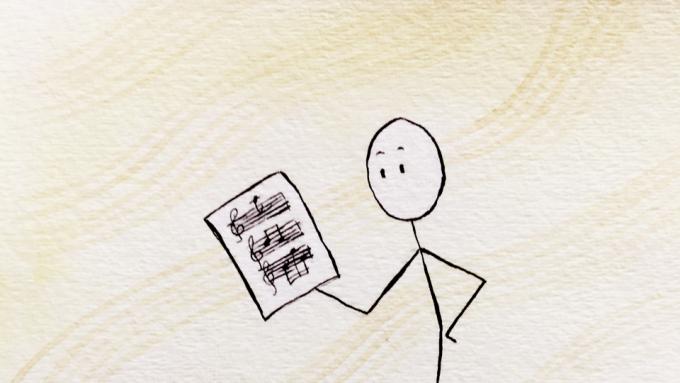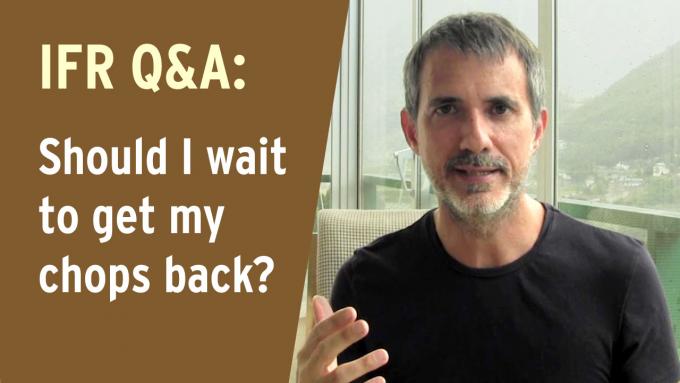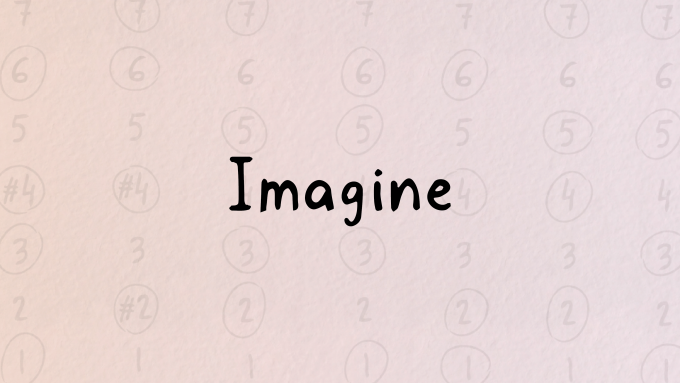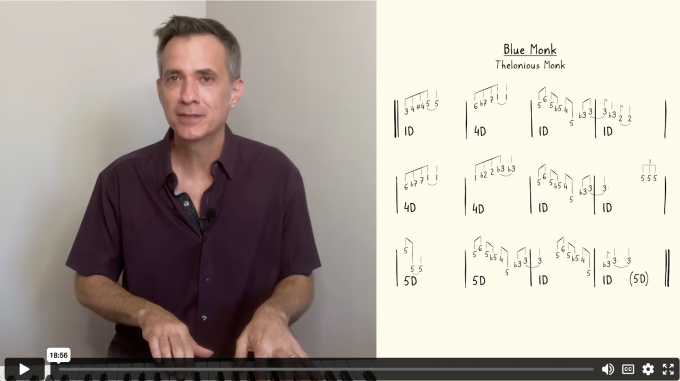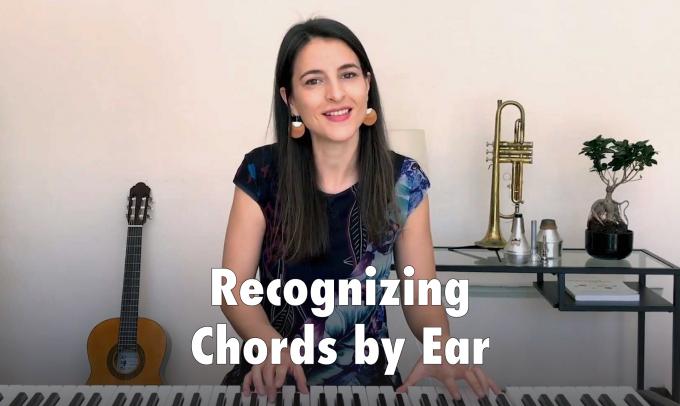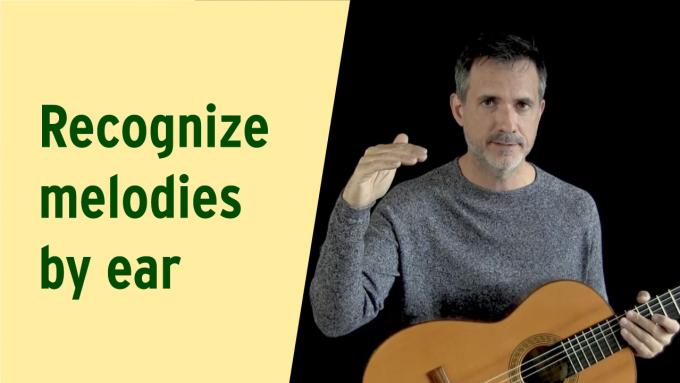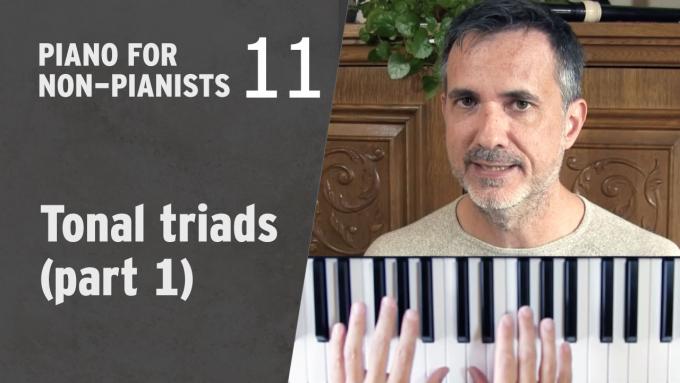I'm intrigued by your harmonic analysis with circles around some numbers. I would like to kindly ask why are those numbers put in circles?
If the major scale is the origin of all Western music, then how should we think about songs that are in a minor key, or blues music that doesn't seem to be based on the major scale at all?
I've heard so many great things about IFR. Is it necessary for me to read sheet music to understand the concepts in your book?
A trumpet student asks whether he can begin IFR right away, or whether he needs to first develop a certain level of technical proficiency on his instrument.
The haunting verse to John Lennon's Imagine is based on a simple alternation between the 1 chord and the 4 chord, exactly as we study in IFR Jam Tracks Level 2: Pure Harmony Essentials.
In this free video lesson we will break down the melody to this beautiful composition. We'll study each phrase in detail and notice many interesting things that we can learn about composition, harmony and the tonal map.
Building on the skills you learned in Ear Training for Musical Creativity, in this course you will learn to how to recognize chords by ear so that you can play and improvise over songs without having to ask what the chords are.
In this video you'll learn the most important technique for recognizing songs and melodies by ear. The technique is to focus on the path that the melody traces through the overall key of the music.
Today we will transform our "tonal five finger drills" into a technique for playing triads, and we'll practice playing all seven chords of the major scale in every key.
Are the seven harmonic environments that we're studying in IFR Exercise 2 the same thing as the “modes”?
